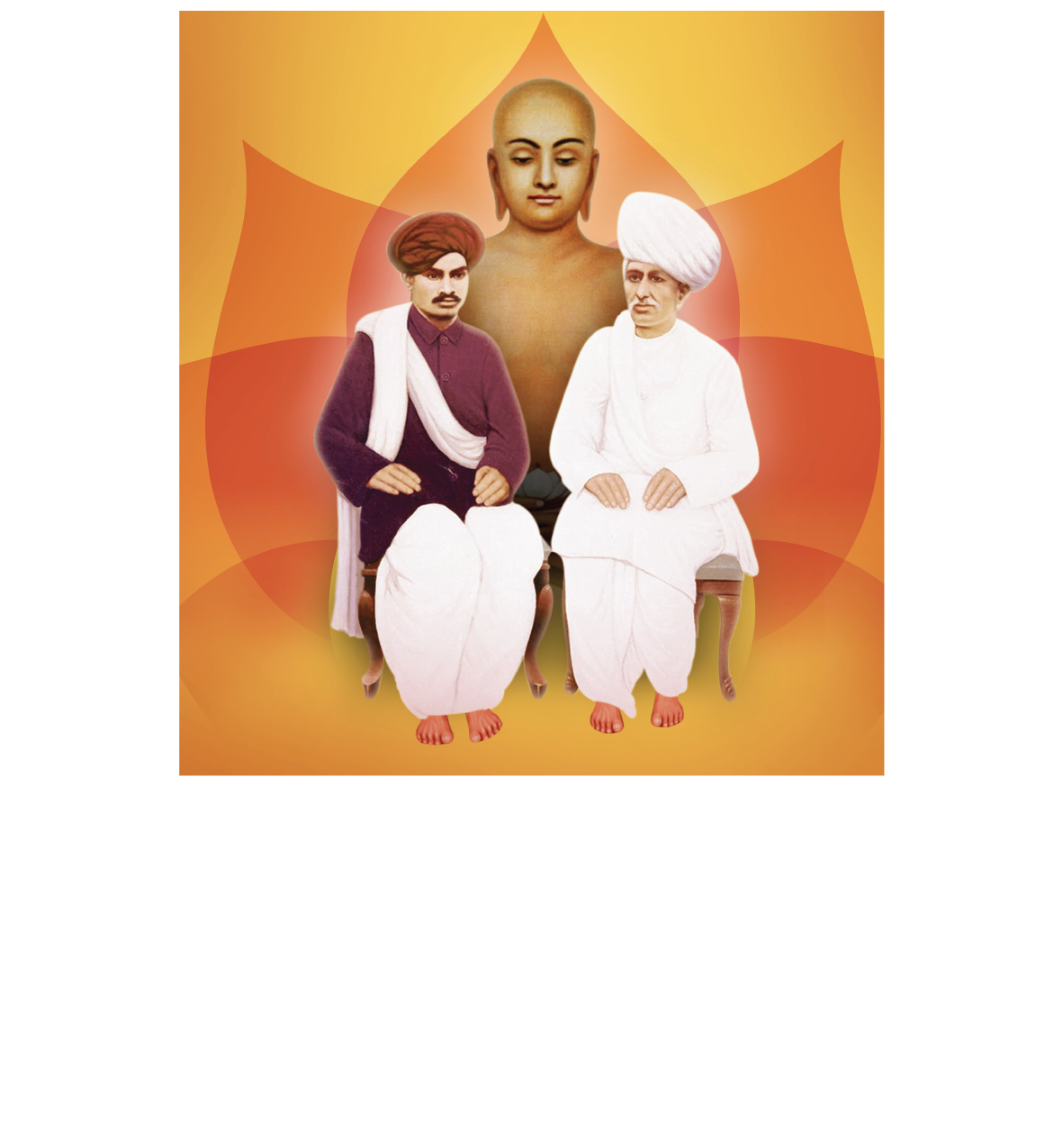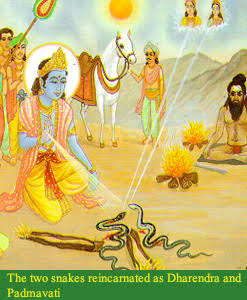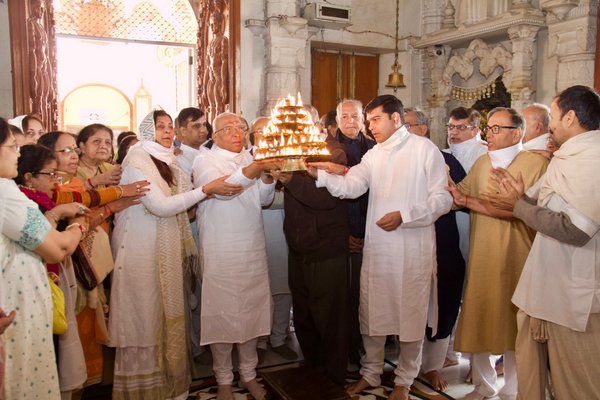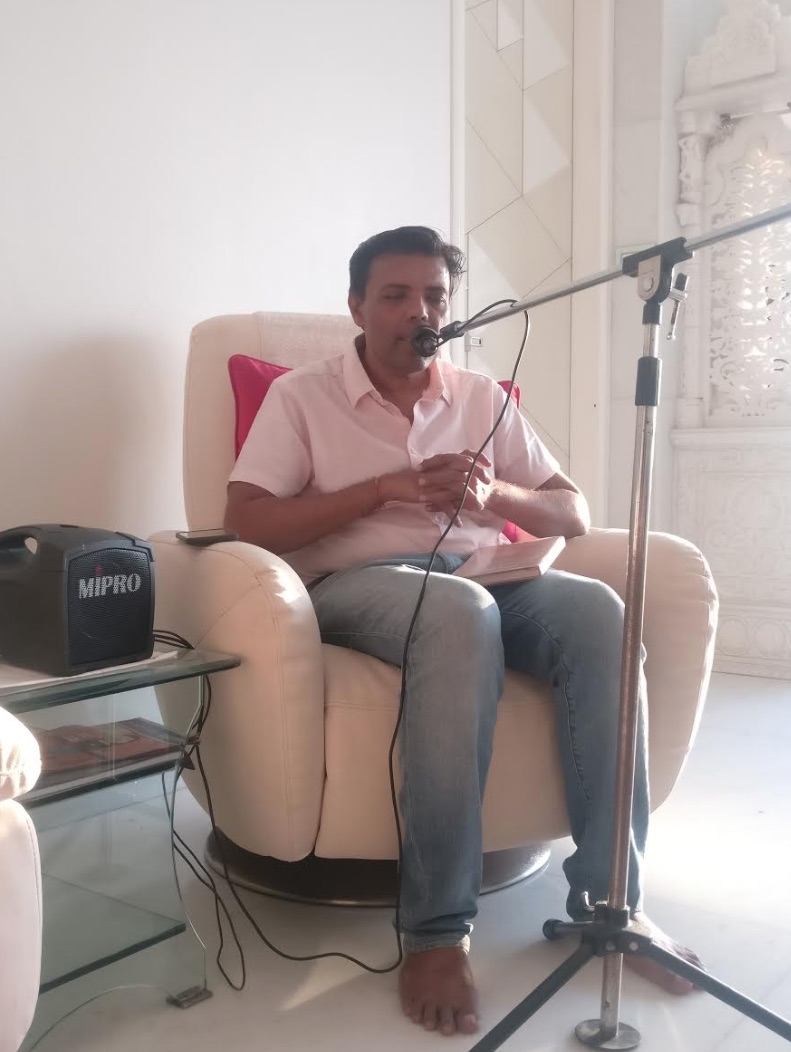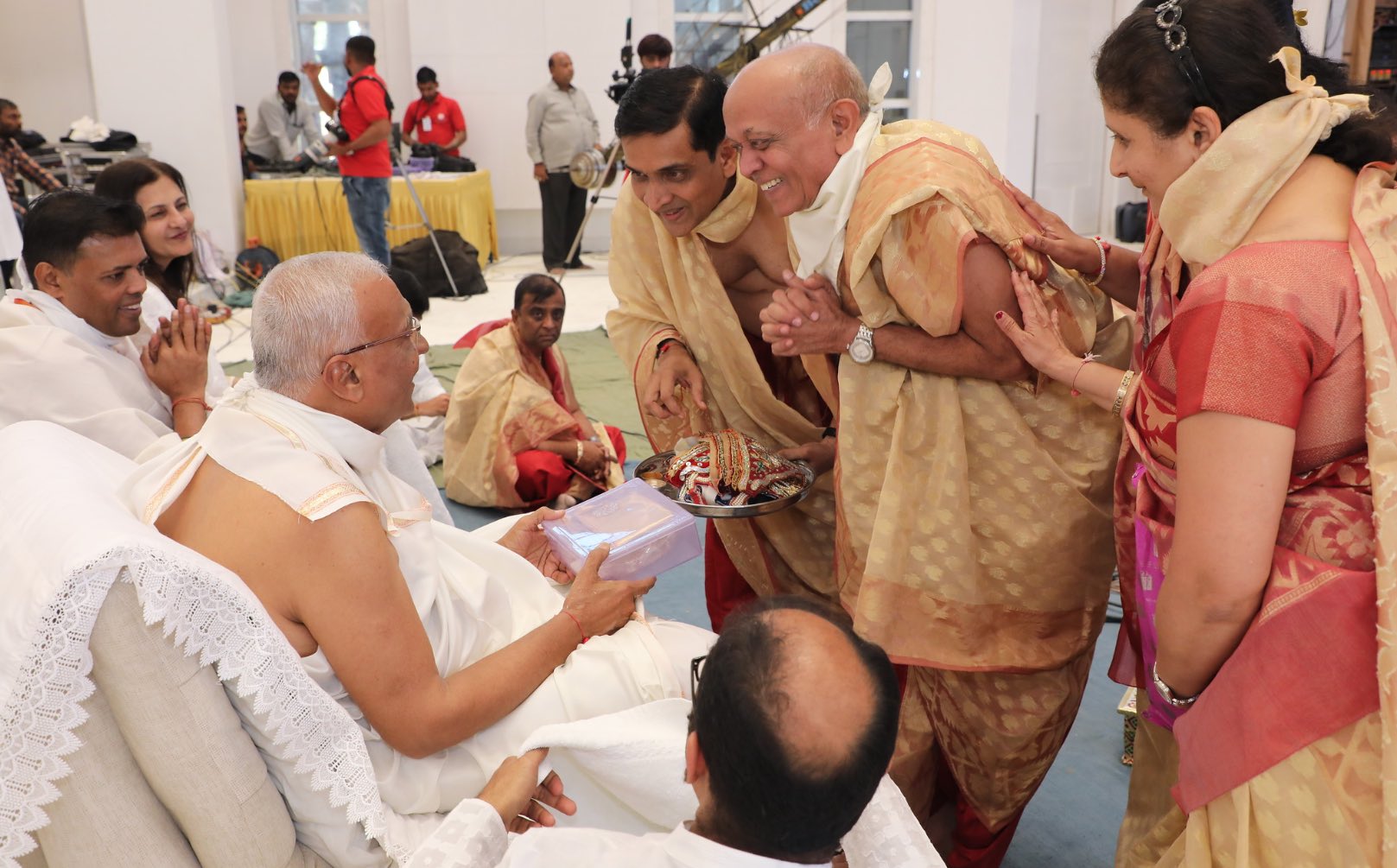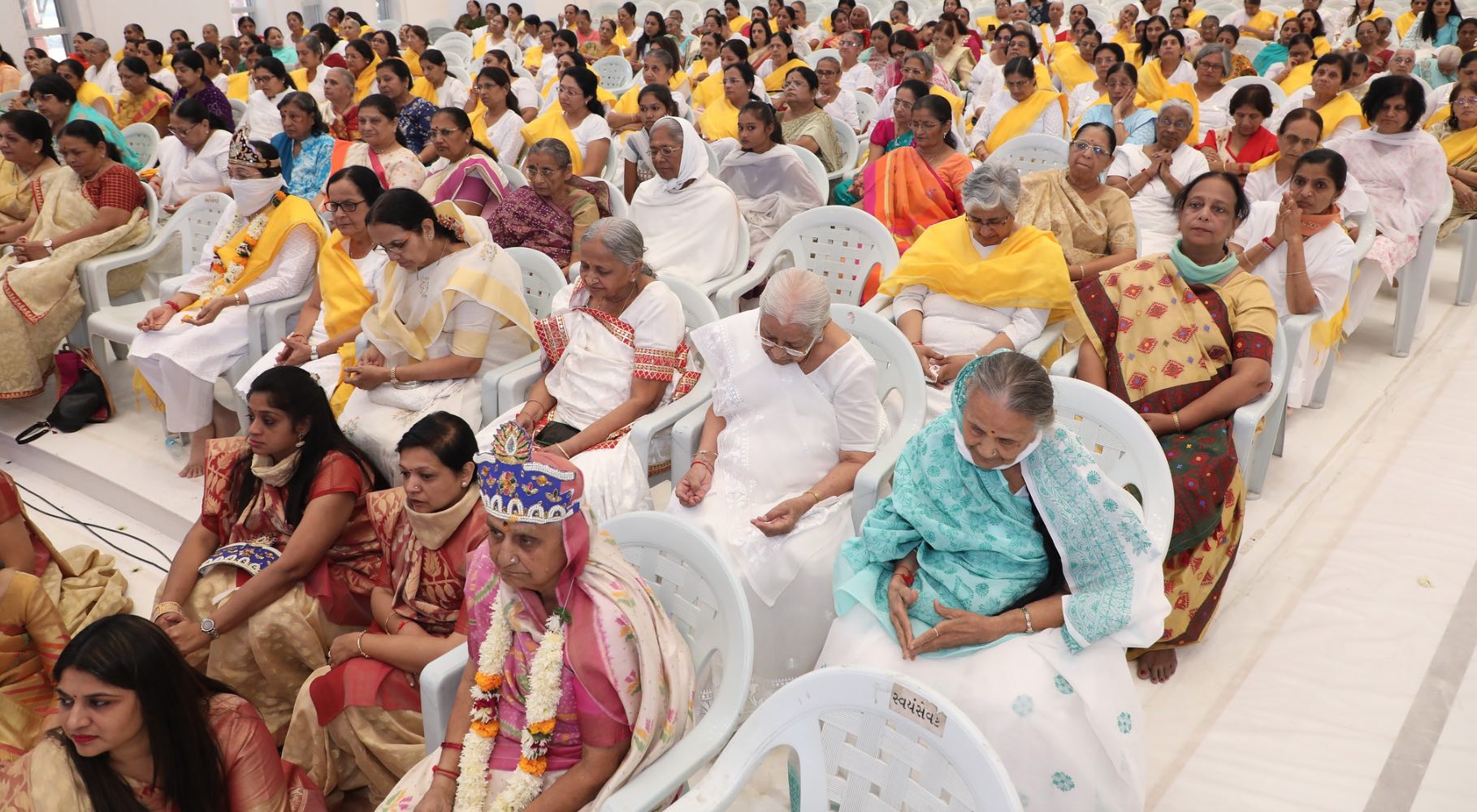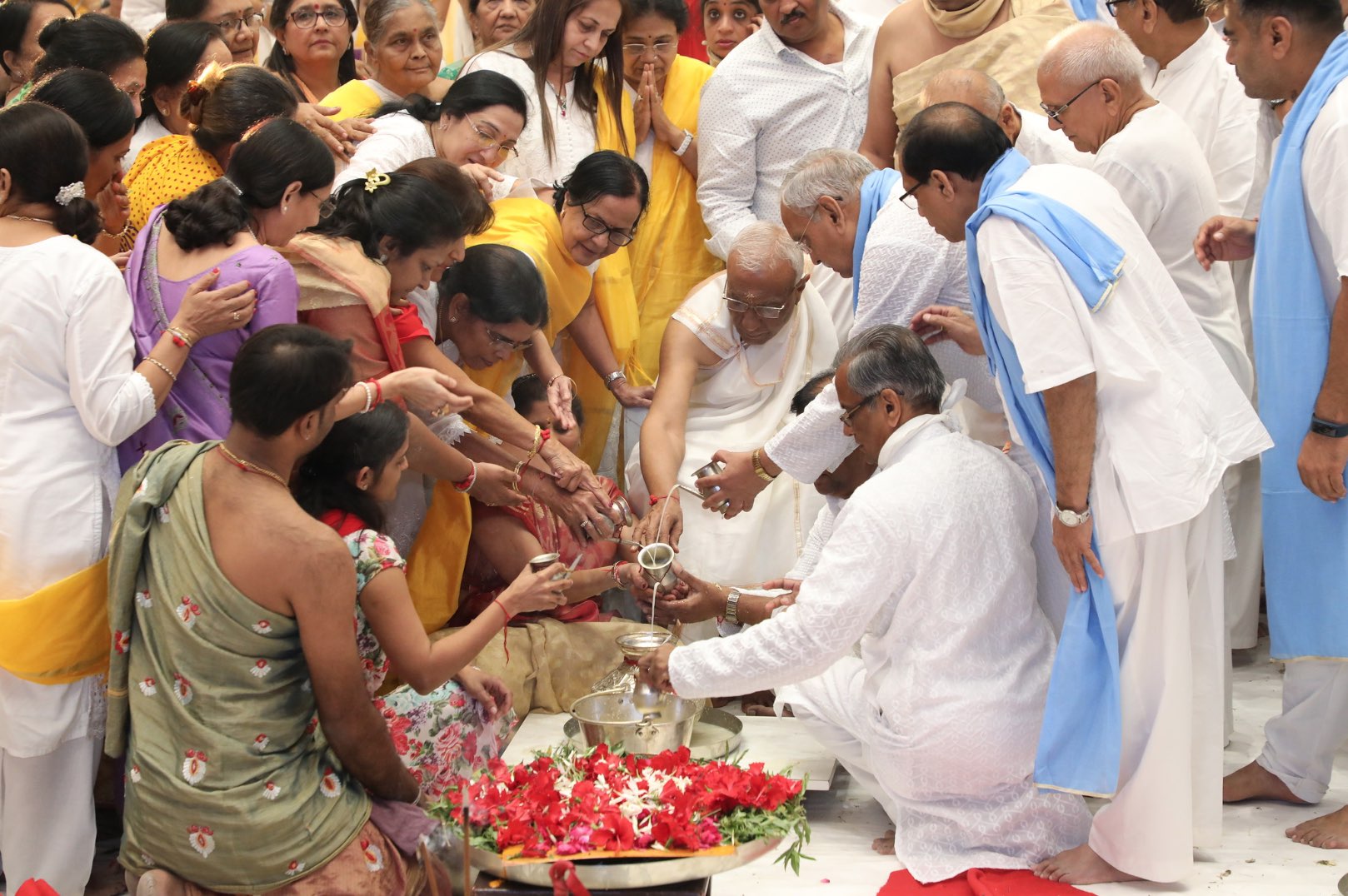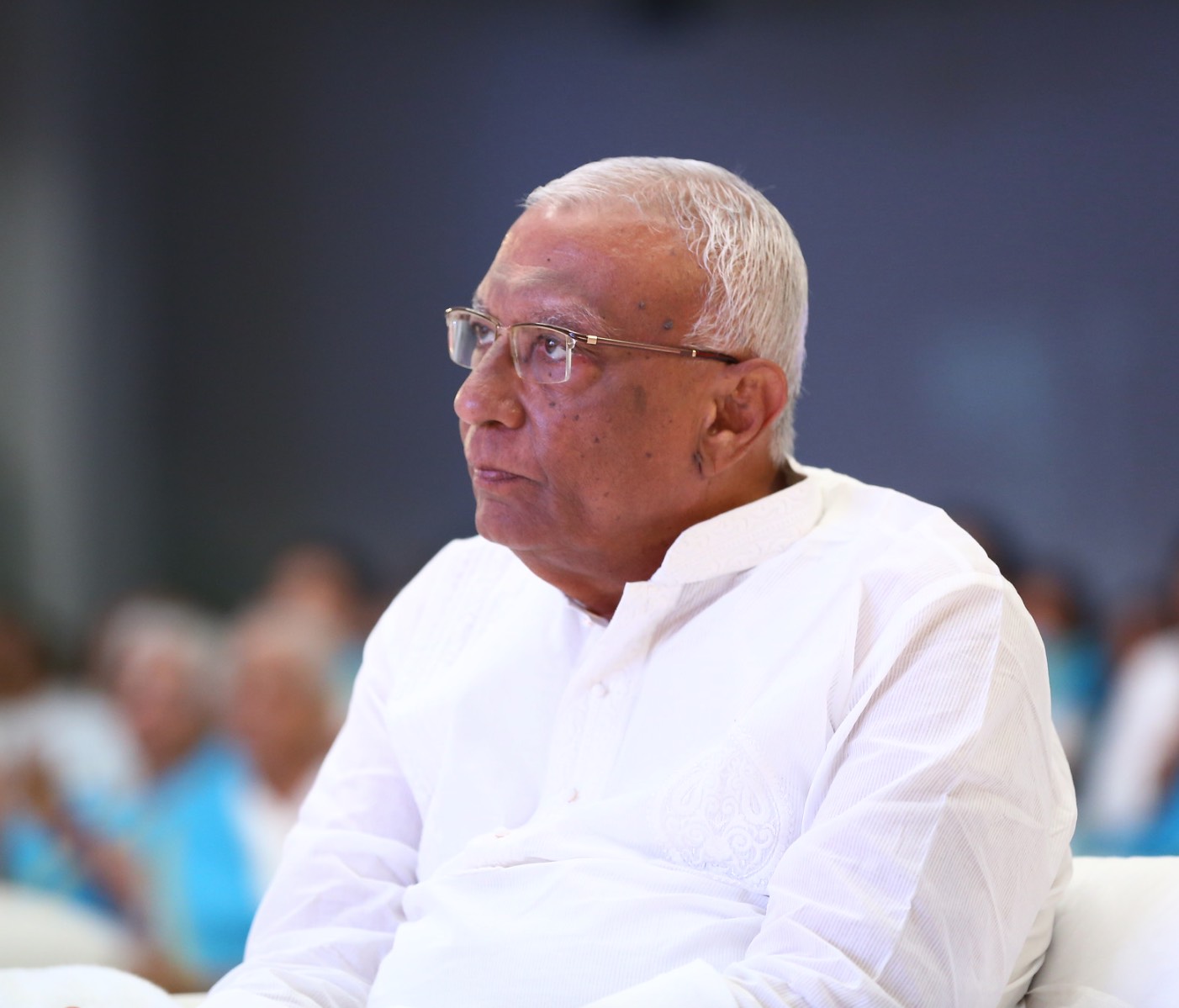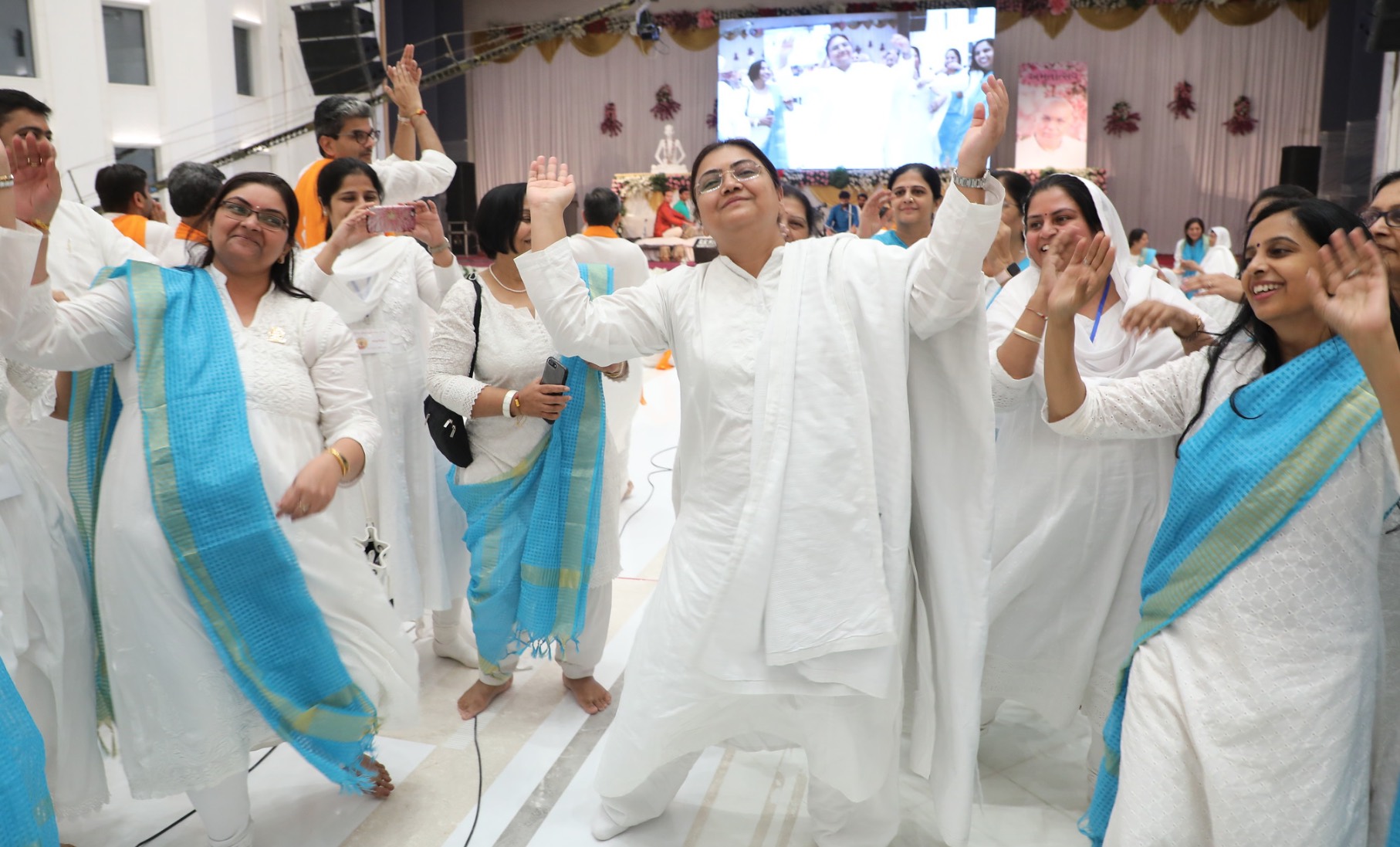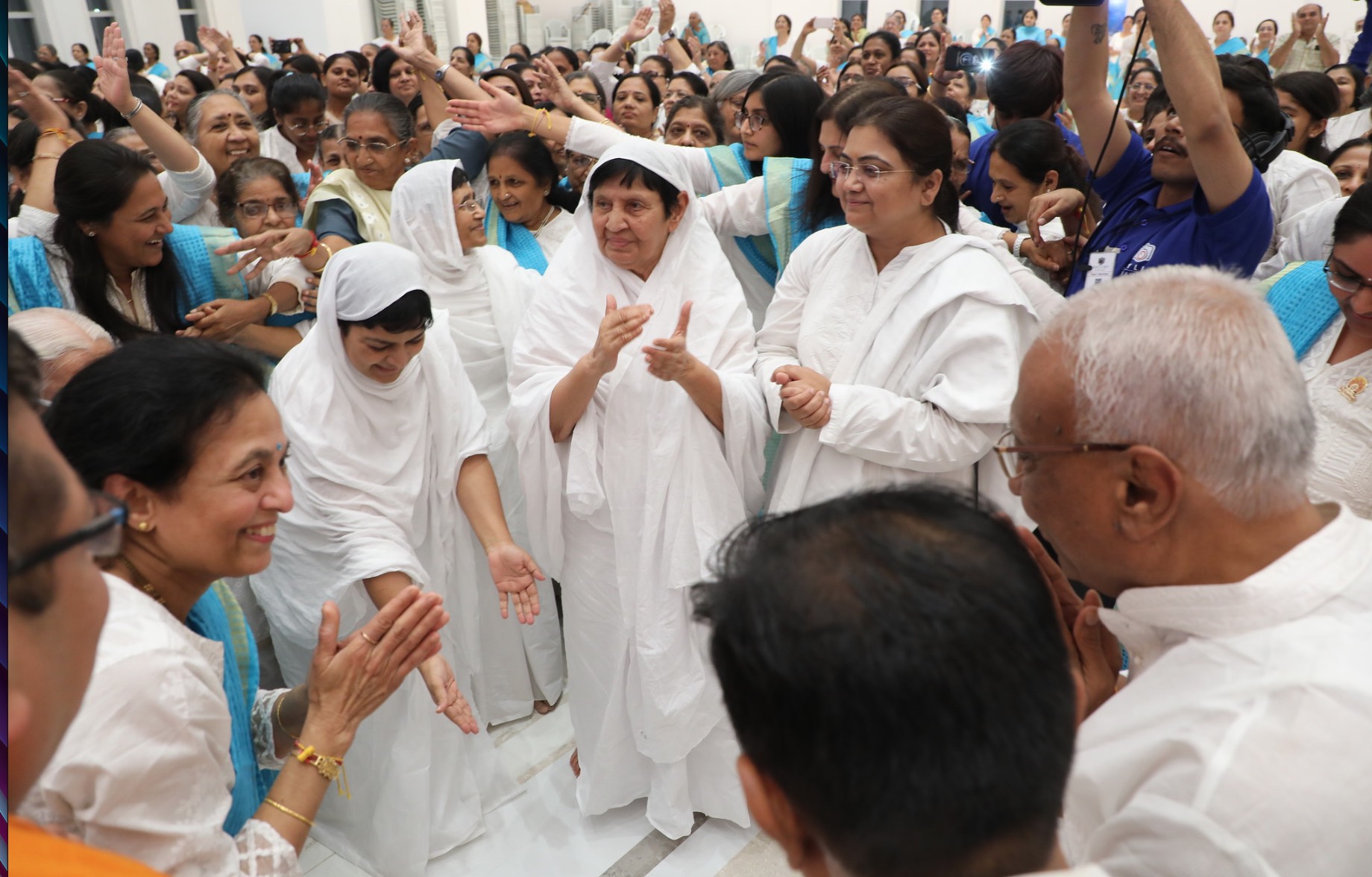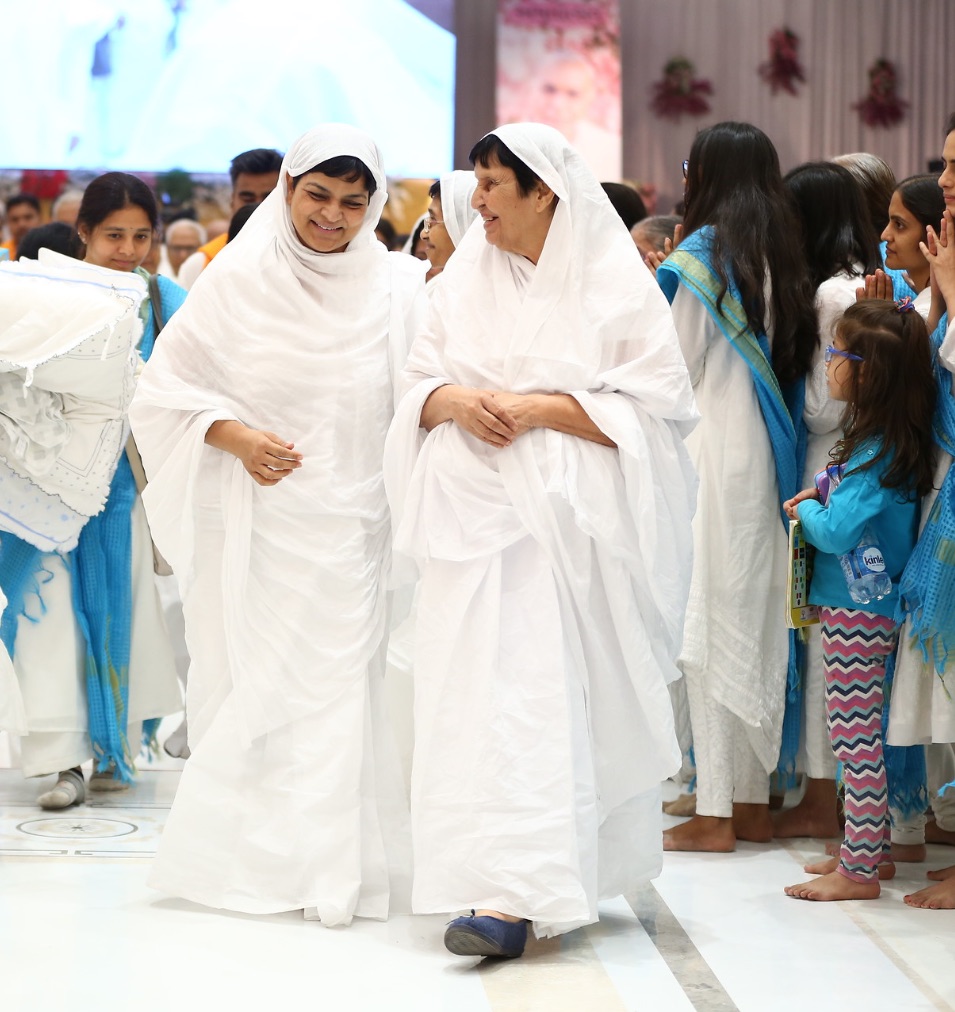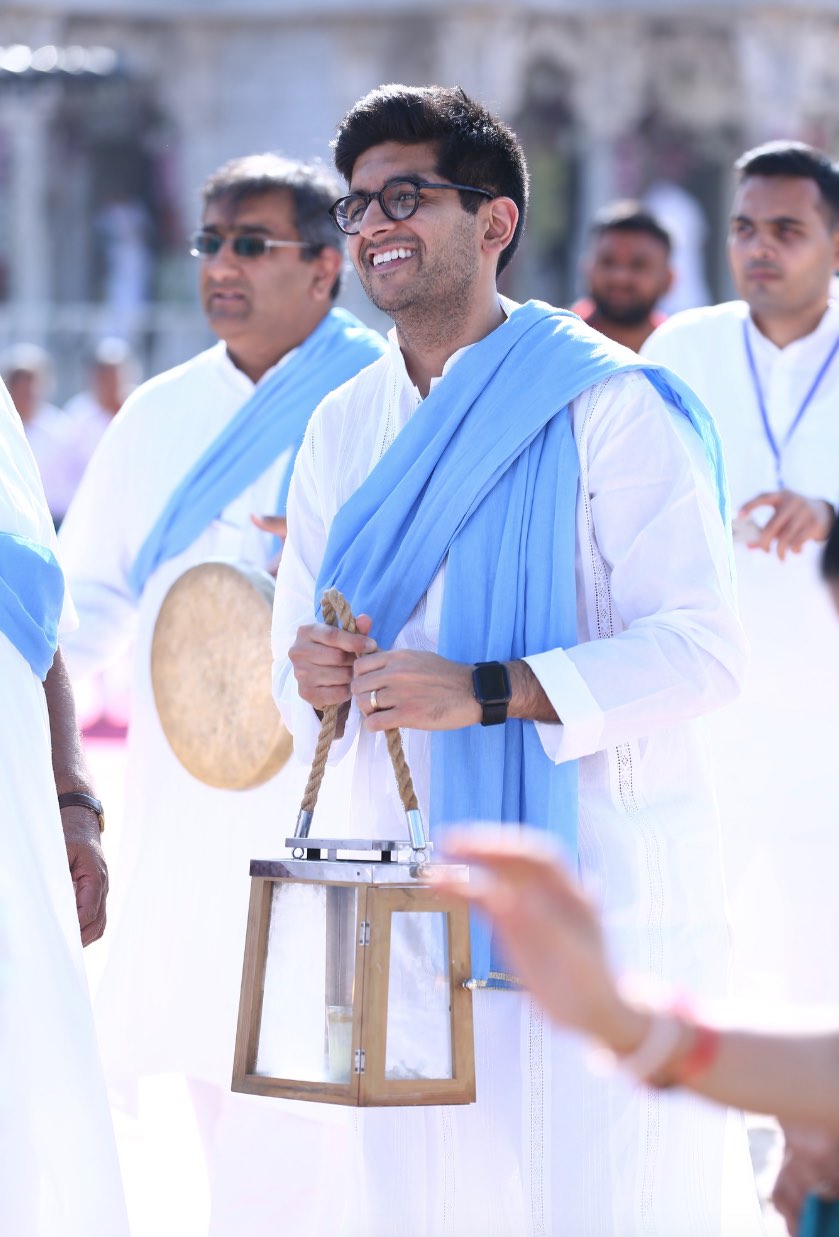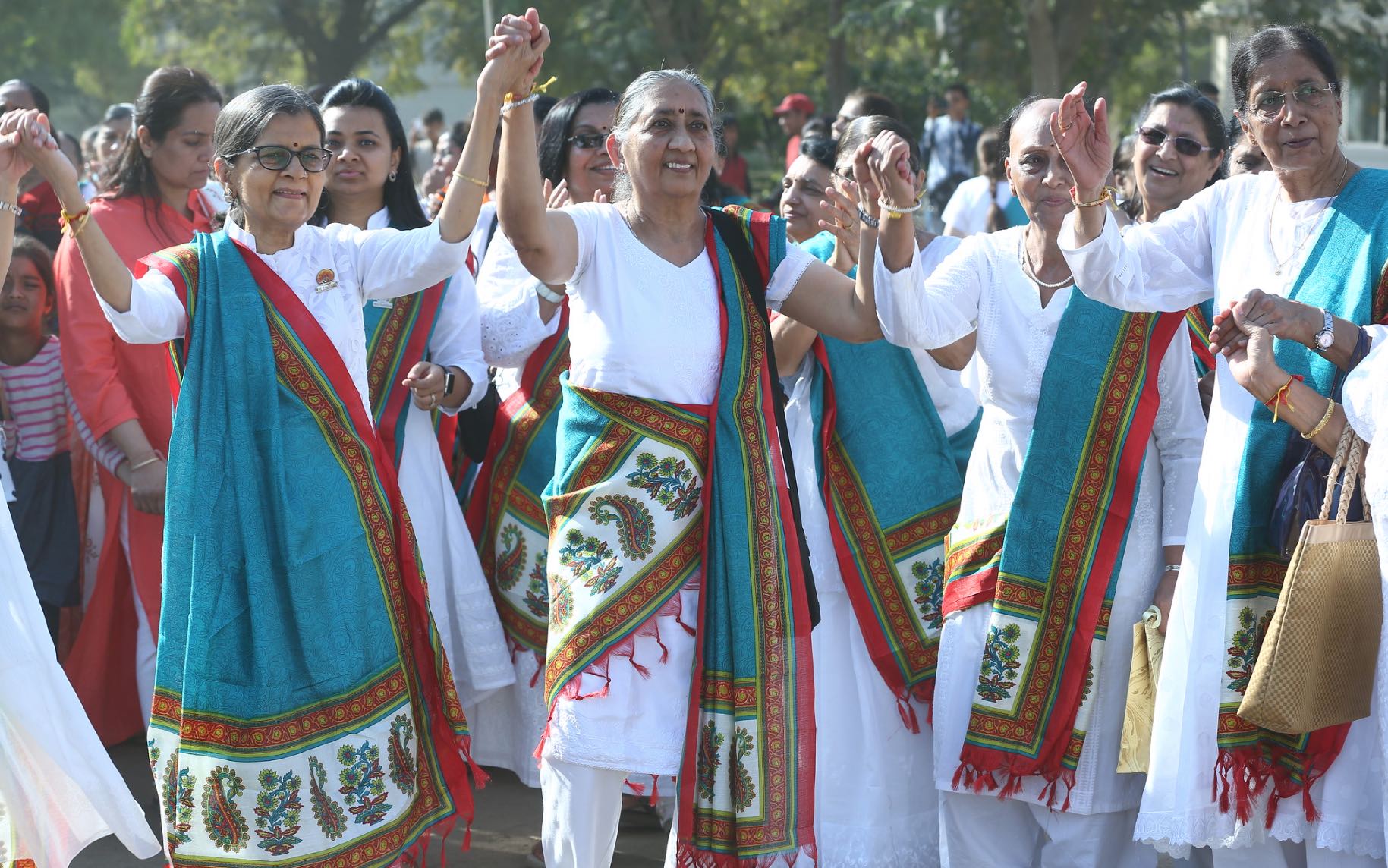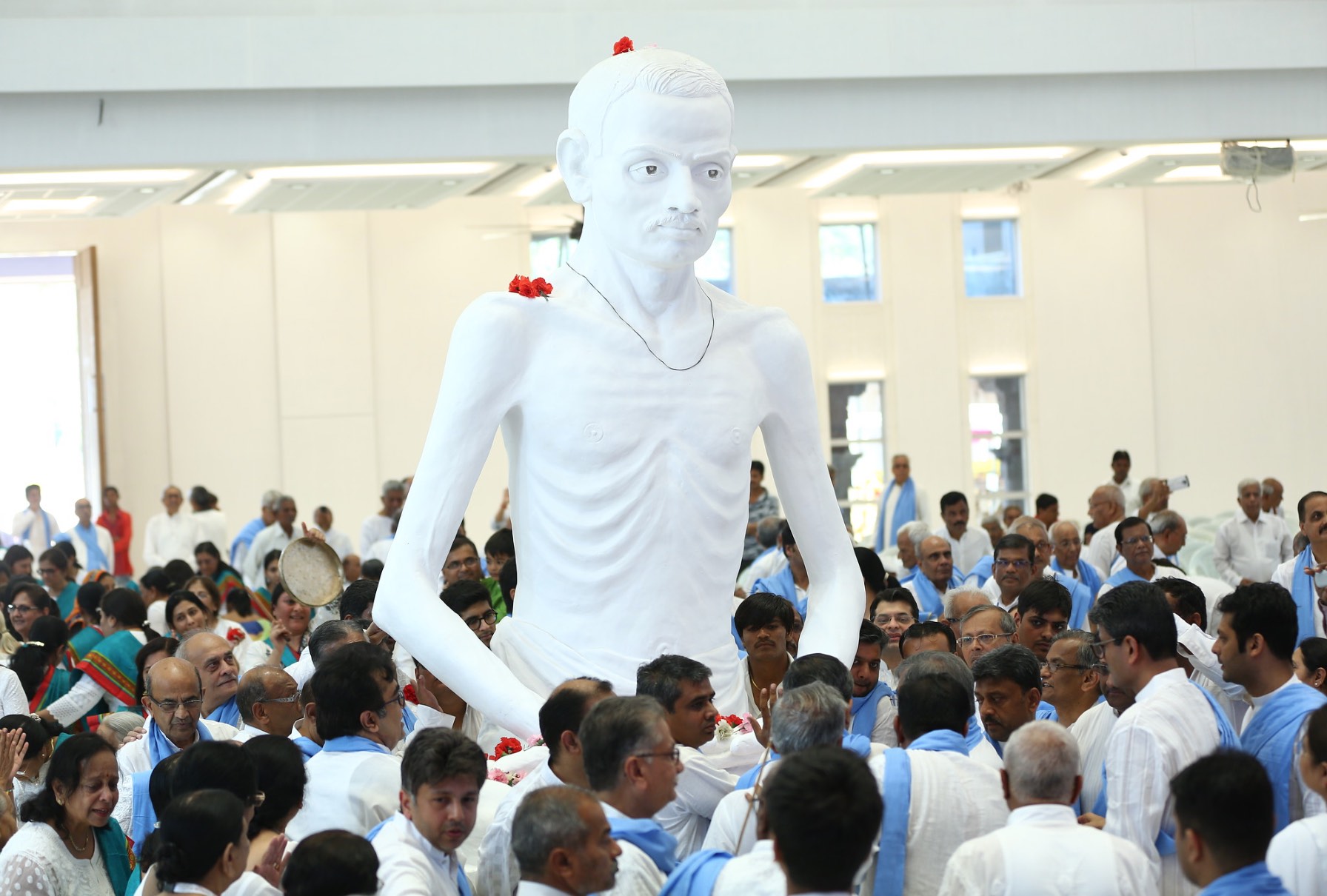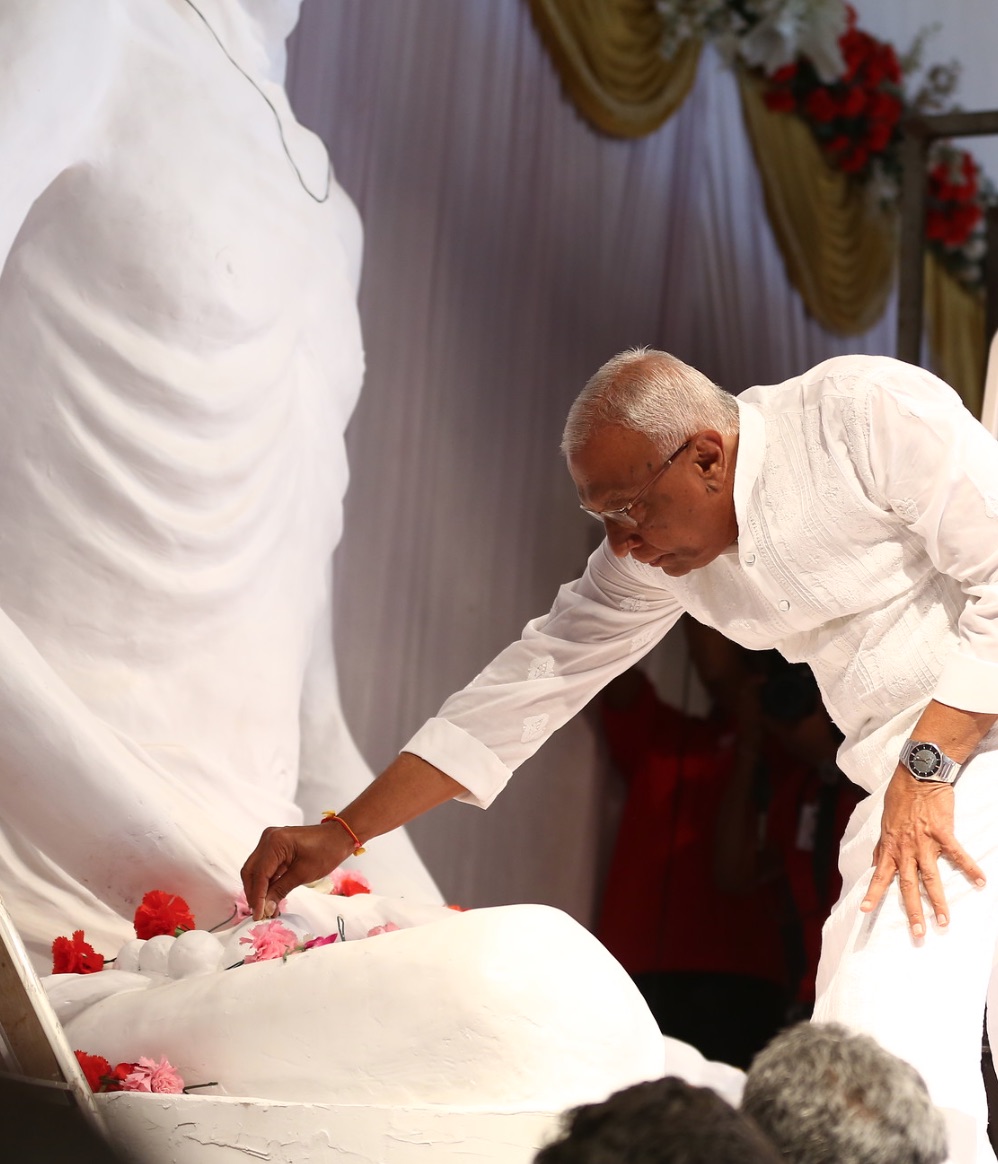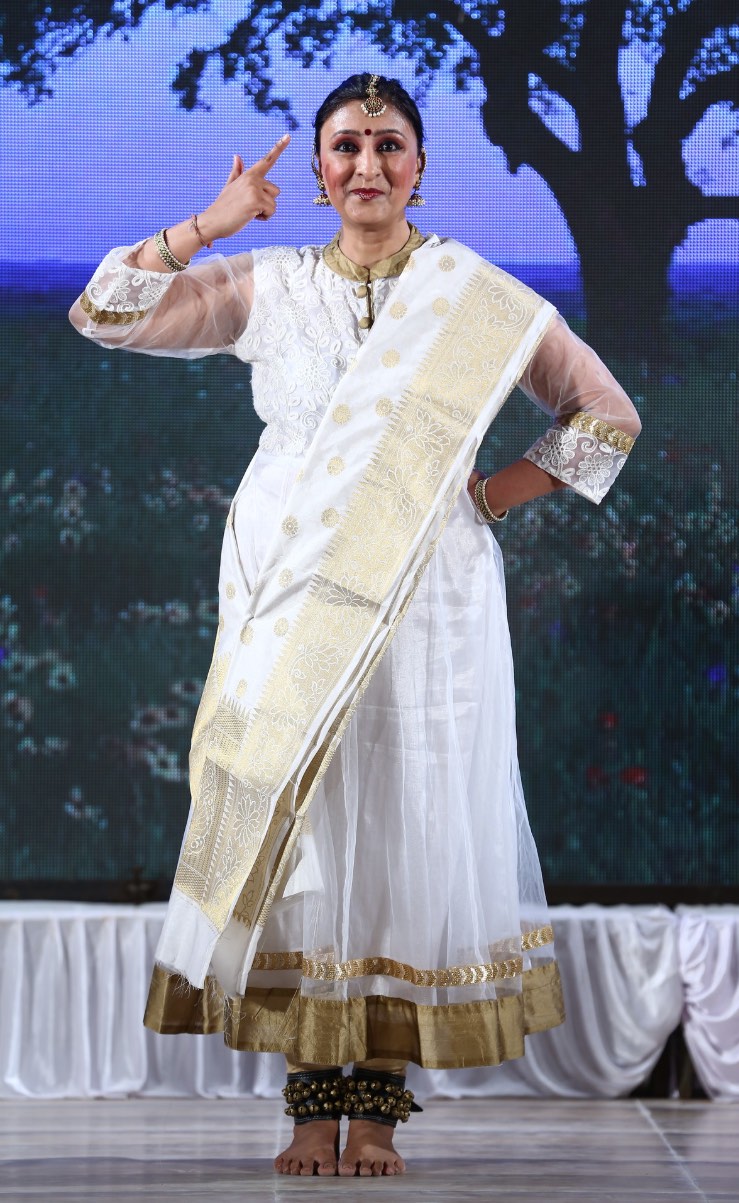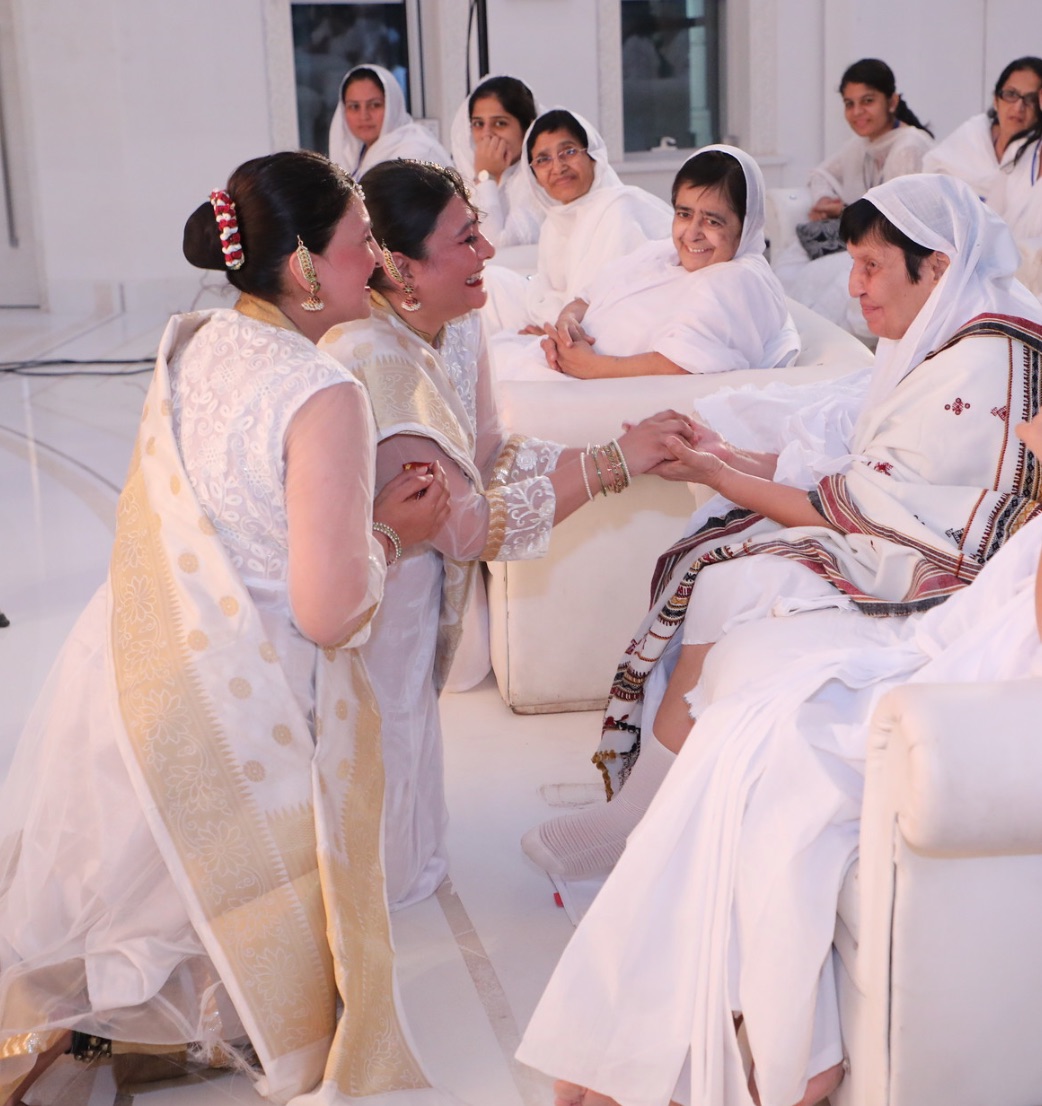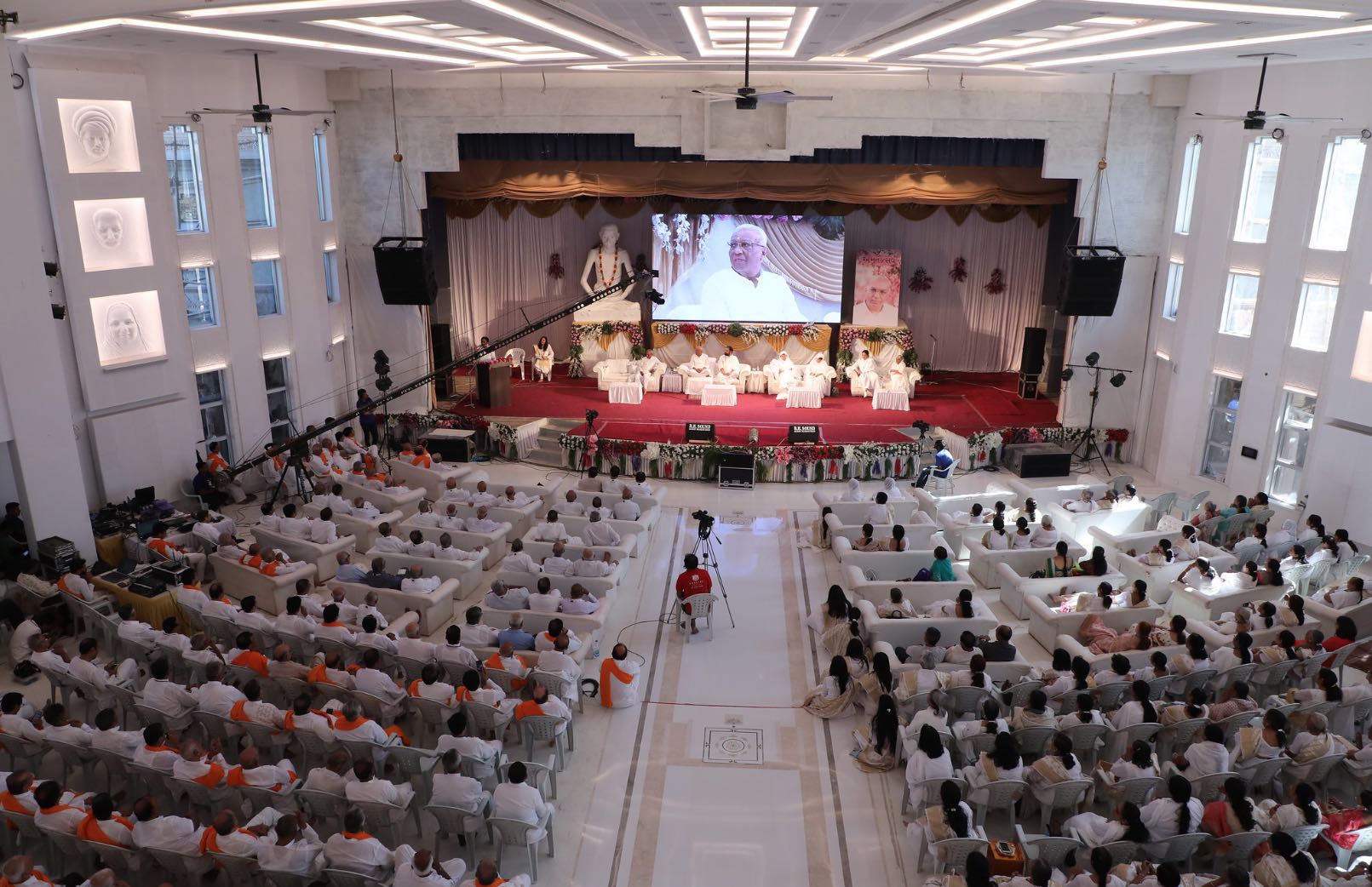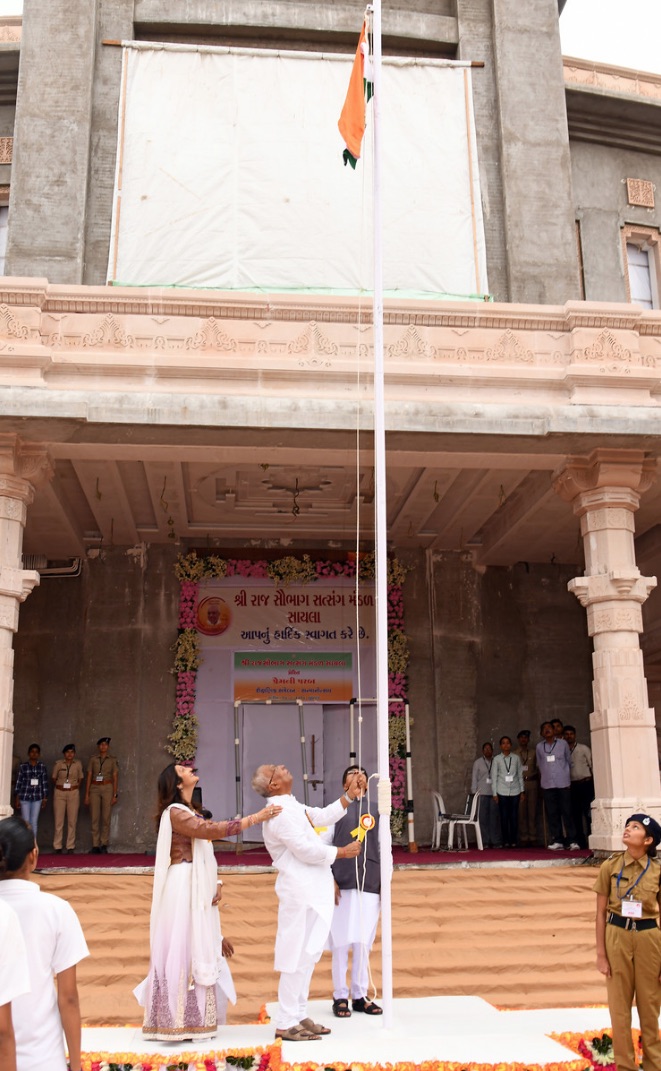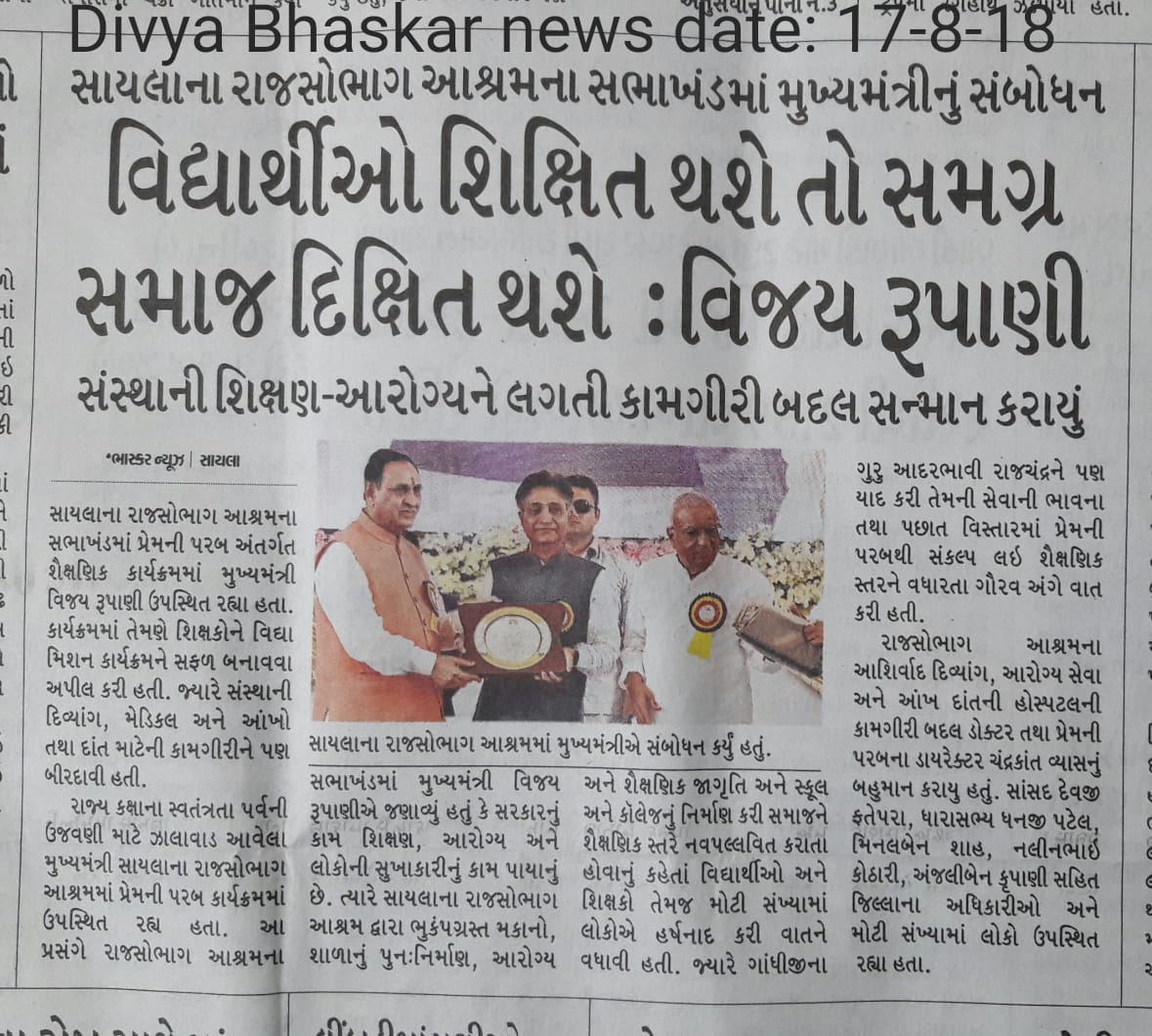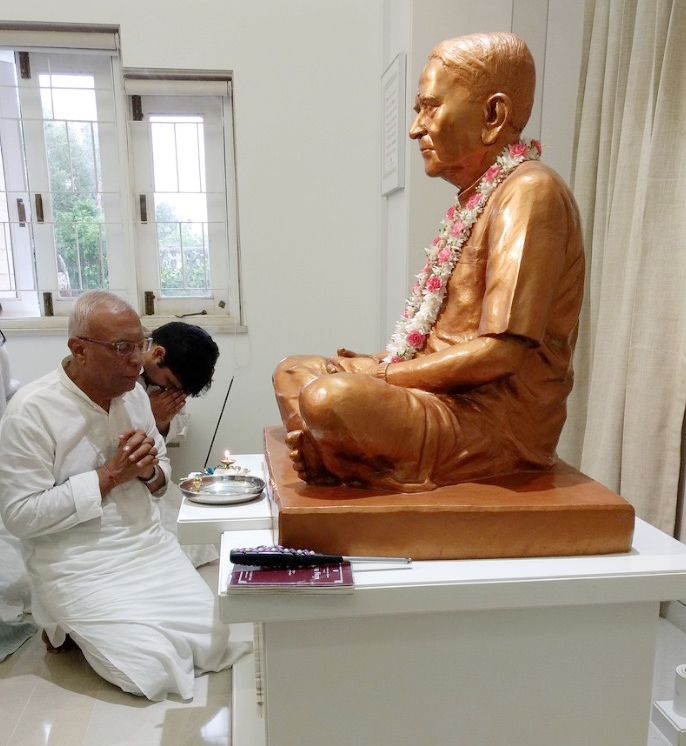This swadhyay was conducted in the form of a conversation between a student and his Guru, representative of the IVY kids and Pujya Bhaishree.
The students says: “Education is important” to which the Guru replies, “I believe education is important but meditation is more important.”
The student continues: “My education was transformational; it has made me civilised.”
The Guru answers: “Mediation transformed me deeply; it made me realised.”
Student: “Education won me many gold medals.”
Guru: “Meditation gave me golden moments.”
Student: “Education gave me job eligibility.”
Guru: “Meditation gave me life flexibility.”
The Guru continues giving his perspective on why meditation triumphs over all other activities in life by modestly pointing out its benefits while replying to the student.
Student: “Education fostered appreciation.”
Guru: “Meditation fosters introspection.”
Student: “Education sharpened my intelligence.”
Guru: “Meditation deepened my awareness.”
While appreciation may be superficial and momentary, introspection will always lead to true happiness. The student says that education made him a good tax payer to which the Guru replied that mediation answered all his prayers. No matter how intelligent we are, with age the sharpness of our senses starts to fade. However, the awareness of the awakened soul always remains and deepens with passing time.
Student: “Education stimulated my passion.”
Guru: “Meditation motivated my compassion.”
Student: “Education made my job fruitful.”
Guru: “Meditation made my life grateful.”
Mediation makes one conscious of the importance of a human life.
Student: “Education made me a go-getter.”
Guru: “Meditation invoked inclusiveness.”
Student: “Education added colours to my mind.”
Guru: “Meditation cleanses our minds.”
Student: “Education pushed me outward.”
Guru: “Meditation pulled me inwards.”
Student: “Education made me who I am.”
Guru: “Meditation showed me who am I.”
Guru concludes the conversation by saying “One must educate themselves to meditate.” The student agreeably replies with “I think meditation will make me complete.”
Continuing with the reading of “Pinnacle of Spirituality”, that narrates Shrimad’s life, Pujya Minalben read the chapter on “Detachment”. The chapter recounts Shrimad’s early detachment from the material world, spurred by the death of his grandfather, Panchanbhai. While leading his grandfather’s funeral procession, carrying the coal to burn the body, Shrimad was lost in his thoughts. He started questioning the fundamental truths about life and death and the mysteries of the soul. So immersed was he in profound thoughts, that he inadvertently stepped on a thorn and his foot started to bleed. But he did not feel a thing and continued to walk. Only when he got home and his mother asked him why he was limping? did he realise that a thorn had pierced his foot.
During the second segment of the IVY swadhyay, Pujya Vikrambhai started with a melodious song that highlighted the significance of living in the moment while advancing through life. This is the very essence of meditation: focus in every moment, be present in what we are doing.
What is meditation?
It is simply to concentrate, not be carried away or overpowered by our minds. Our mind has become the jockey riding our soul like a horse into thoughts that are irrelevant. Our goal is to control the mind and make the soul our driving force, our jockey.
Meditation is being aware of who I truly am, while I go about my daily activities in life. I am my soul. The knower behind the senses and the mind. Our senses allow us to perceive things but our soul is the all-powerful knower and gives the senses the strength to function.
It is a peaceful response to any and every ting we encounter. Pujya Bhaishree embodies peace, he is never hurried, impatient or intolerant. He is always happy, steady, quiet, measured and peaceful.
Meditation is being content with what we have, because contentment leads to peace, which in turn allows for meditation. Discontent leaves us with a wandering and wavering mind which does not allow us to concentrate.
It is to understand and distinguish between right and wrong and knowingly opt for the right choice.
It is living in the soul, while residing in the body.
An old, loud and grumpy lady climbed on to a bus and sat next to a young lady. The old lady was carrying many bags, she bumped some of them in to her and took up a lot of space, squeezing the already-seated young woman. The person seated opposite got upset and asked the young lady why didn’t she say anything? The person opposite was so intolerant that he could not see her in pain and was concerned about her being harassed. The young lady smiled and said “It is not necessary to be rude or argue over something so insignificant. The journey together is so short; I get off at the next stop.”
Similarly, our time together is so short and yet we darken it with quarrels, futile arguments, not forgiving others and being discontent. We waste our time and energy. We should remember and live life by this principle: “The journey together is so short.” We must strive to always be happy and cheerful and not let anyone affect our peace. We should cherish our friends, family and work, be respectful, kind and forgiving and full of gratitude and gladness - for our journey together is so short!!
